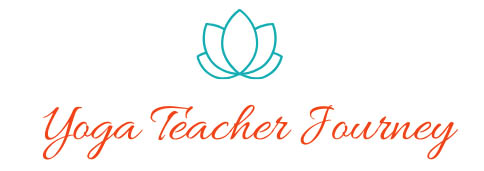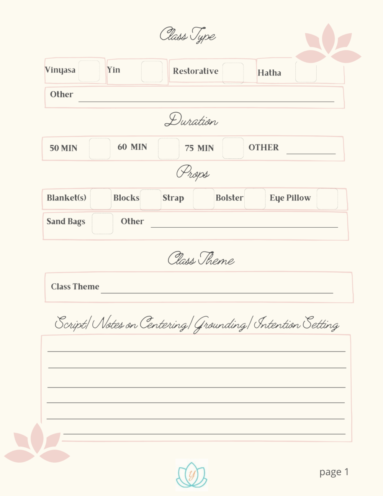According to yoga philosophy, in the subtle, energetic body there are pathways called nadis – An estimated 72,000 of them (36,000 on the right side of our body, and 36,000 on the left) that move Prana (life force energy) through our body.
The Three Main Nadis
Ida Nadi – which begins and ends on the left side – starting at the Muladhara Chakra (root chakra) and ending at the left nostril.
Pingala Nadi – which begins at Muladhara and ends at the right nostril.
Sushumna Nadi – which runs directly up our spine, from Muladhara to Sahasrara (crown chakra).
Ida and Pingala crisscross, interweaving at each chakra and working together to move energy through the chakras (energy centers) throughout our body and, if balanced, up Sushumna.

Chakras are energy centers in your body. There are seven major chakras in our energetic body beginning at the base of your spine and ending at the crown of your head. The literal translation for chakra means “wheel.” The wheels – or chakras move energy through your body.
Ida is our moon side (feminine, passive, creative, emotional, sensitive).
Pingala is our sun side (masculine, active, analytical, logical, systematic).
Pingala and Ida – Sun and Moon. The Sanskrit word for Sun is Ha and Moon is Tha – Hatha Yoga!
Finding Balance
It’s important to keep these nadis in balance. Through our yoga practice we can balance Ida and Pingala and clear blocked energy for it to enter Sushumna, the inner channel to move you towards a higher consciousness.
During our practice, coming into a posture, we are active – transitioning into the mechanics of how to place our body, engaging Pingala.
As we find stability, we begin to settle, become mindful, still, quiet, and reflective, engaging Ida.
Ida, our passive nadi, activates the parasympathetic nervous system – the rest, and digest state. Pingala, on the other hand, activates the sympathetic nervous system – the flight, fight, freeze state.
The practice of Pranayama (breath control – the 4th limb of yoga) can help remove blocked energy in Ida and Pingala as well.
Often called Sun and Moon Breath, Nadi Shodhana (Alternate Nostril Breathing) is the perfect pranayama to bring balance to Ida and Pingala.
Another balancing pranayama practice is Sama Vritti, equal breath.
Read How to Teach Pranayama for more on Nadi Shodhana, Sama Vritti and other pranayama practices.
“Energy, like water, should be moving to keep it fresh, otherwise you’ll create a stagnant swamp.”
~ Unknown
The Subtle, Flowing River
Of the 72,000 nadis in our body, most follow the path of the nervous system and blood vessels circulating energy. The word nadi translates to “flowing river.”
When open and clear, energy (prana) can flow freely into every cell of our body like a river. But when some of the nadis are blocked, it can lead to physical, mental, and emotional health complications and dis-ease.
Unlike the nervous system, however; we cannot see the nadis. Although they are critical to our health, they are an invisible part of the subtle energetic body. The energetic body is part of the Panchamaya Kosha System and is called the Pranamaya Kosha.
Read more about the Koshas in How and Why You Should Teach the Koshas.
The 14 Primary Nadis
We’ve learned about the three main nadis, but here are the fourteen primary nadis and their corresponding paths and functions.
| Name | Begins | Ends | Function |
| Alambusha | Anus | Mouth | Energy to Eliminate Waste |
| Gandhari | Muladhara | Ajna | Energy to the left eye |
| Hastijihva | Muladhara | Manipura | Energy to left limbs |
| Ida | Muladhara | Left Nostril | Promotes emotions, love, attachment |
| Kuhu | Muladhara | Svathisthana | Promotes Sensuality |
| Payaswini | Muladhara | Right Ear | Compliments Pingala |
| Pingala | Muladhara | Right Nostril | Promotes perception, reasoning, analysis |
| Pusha | Muladhara | Ajna | Energy to right eye |
| Saraswati | Muladhara | Vishudda | Energy to mouth, tongue, throat |
| Sankhini | Muladhara | Ajna | Energy to left ear |
| Sushumna | Muladhara | Sahasrara | The main channel through which Prana flows |
| Varuna | Muladhara | Anahata | Energy to the whole body |
| Vishvodhara | Muladhara | Manipura | Powers the digestive system |
| Yashaswini | Muladhara | Manipura | Energy to right limbs |
Other Techniques to Balance the Nadis
Aside from yoga asana and pranayama, techniques to balance the nadis include the use of mudras (hand gestures to direct energy), meditation, mantras, and sound baths, among others.
It’s no surprise that practicing Asana (3rd limb of yoga) has a purifying and balancing effect on the body (physical and energetic), mind, and spirit. After all, its meaning is “union” of the three. While all postures and practices contribute to balance as described above, Surya Namaskar (Sun Salutations) are aimed at warming you up (Pingala) but balancing you at the same time. Don’t forget the passive, reflective part of your practice, your cool-down, and Savasana (Ida).
Pranayama, breath control (4th limb), goes hand in hand with asana, but can be practiced on its own in a comfortable seat, laying down, or just about anywhere. Most pranayama practices bring us into balance, but specifically, Nadi Shodhana (Shodhana literally means purifying or cleansing) has a profound effect on bringing purification and balance to the subtle energy system.
Mudras, hand gestures used to direct life force, can be effective as well at clearing energy channels. The Vishnu mudra is used during the practice of Nadi Shodhana and is said to amplify the effects of this pranayama practice as explained by Yogipedia.
The mantra “Sat Nam” which means “I am truth” is known to activate all of the chakras according to Yoga Journal and can be used as a cleansing tool for the subtle energetic system. Other mantras such as “So Hum” which means “I am that” or the “OM” chant (the sound of all creation) bring unity to your practice and can assist in aligning you with a higher consciousness.
Additionally, sound healing offers many benefits creating deep relaxation, stimulating energy, aligning and balancing your chakras and energetic systems. Sound baths are great for releasing pent up emotions and blockages throughout your energetic body.

Resources:
brettlarkin.com/nadis-in-yoga/
isha.sadhguru.org/en/wisdom/article/the-three-fundamental-nadis





